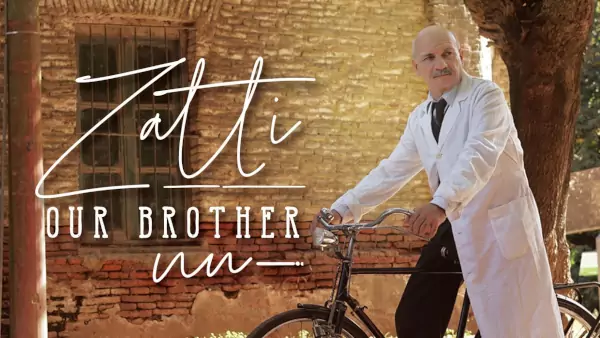05 October - Helena Kowalska was born in 1905 in the village of Głogowiec near Łódź, she is the third of ten children from a poor farming family. Helena first felt a call to religious life at the age of 7 (1912).
In 1916, she started going to the elementary school of Świnice Warckie. After spending only three years there, at the age of fifteen, she began working to help her family. At that time, she was convinced that God himself was calling her to become a nun. In 1924 she had her first apparition of Jesus, in the form of the Suffering Christ, who ordered her to enter the convent. Helena leaves for Warsaw. She tries to be admitted to several convents in the capital, only to be refused each time. Finally, she was admitted to the convent of the Congregation of the Sisters of Our Lady of Mercy at the age of 20 on August 1, 1925. She pronounced her vows there on April 30, 1926, and took the name of Sister Marie-Faustine du Saint-Sacrement.
During her thirteen years as a nun, Faustina fulfilled the modest duties of cook, gardener and doorkeeper sister in the various houses of the congregation (Warsaw, Płock, Wilno, Krakow). At the request of her spiritual director, Blessed Father Michał Sopoćko, St. Faustina writes the Little Diary. In this book she describes her mystical experiences and specifies the requests that Christ transmits to her. Sister Mary Faustina relates that she had a vision of Purgatory in the presence of Jesus and the Virgin Mary on several occasions, and that she spoke to them. Later, Sister Faustina wrote in her Little Diary that Christ asked her to make known to the world the depth of divine Mercy, especially through four devotions that he recommends her to announce:
- Recite the Rosary of Divine Mercy: According to St. Faustina, Jesus said to her: "This prayer serves to calm my anger".
- Honoring the image of Merciful Jesus: In Plock on February 22, 1931, Jesus appeared to her wearing a white garment as the "King of Divine Mercy". His right hand rose in blessing and the other hand touched the garment on his chest. Underneath his garment two large rays come out, one red, the other white. Following the orders she says she received from Christ, Faustina has a representation of this vision painted. Jesus promises Faustina that he will defend the soul that has honored this image. With the help of Father Michel Sopocko, her confessor, Faustina undertakes the mission entrusted by Jesus during his apparitions. She distributes in Krakow and Wilno images before which people begin to pray.
- Celebrating Divine Mercy Sunday: Jesus asked: "I desire that the first Sunday after Easter be the Feast of Mercy". "Whoever comes close to the fountain of life on that day will obtain remission of their sins and their punishments". By canonizing Sister Faustina, the last of the millennium, John Paul II gives a very special light to the life of this saint. The Catholic Church took an official stand in the year 2000 by instituting the Feast of Divine Mercy. This feast takes place every year, one week after Easter Sunday. It is celebrated for the first time on April 22, 2001.
- To venerate the hour of mercy: Jesus asked Faustina to venerate the hour of his death on the Cross, that is, 3:00 pm. According to the Little Diary, Jesus said to her, "At three o'clock, implore My Mercy, especially for sinners. And if only for a brief moment, immerse yourself in My Passion, especially at the moment when I was abandoned in My agony! This is an hour of great Mercy for the whole world. I will let you share in my mortal sadness; in this hour, I cannot refuse anything to the soul that prays through My Passion". This is the Hour of Mercy.
In 1936 Faustina became seriously ill, probably with tuberculosis, and was transferred to the hospital of Prądnik Biały. She spent most of her time in prayer, reciting the Rosary of Divine Mercy, praying for the conversion of sinners. She spent the last two years of her life writing her diary. In June 1938, she was no longer able to write, and it became clear that she did not have long to live. She died on October 5, 1938. Sister Marie-Faustine was beatified on April 18, 1993 and canonized on April 30, 2000 by Pope John Paul II in Rome.








